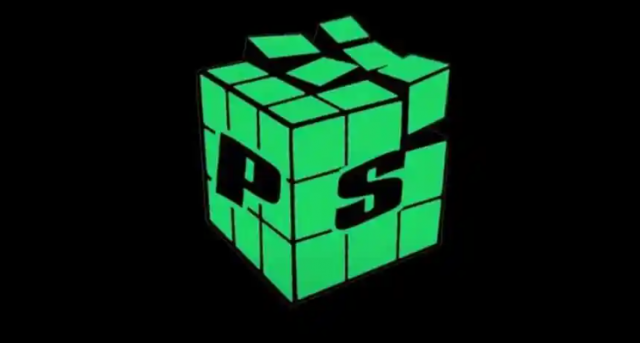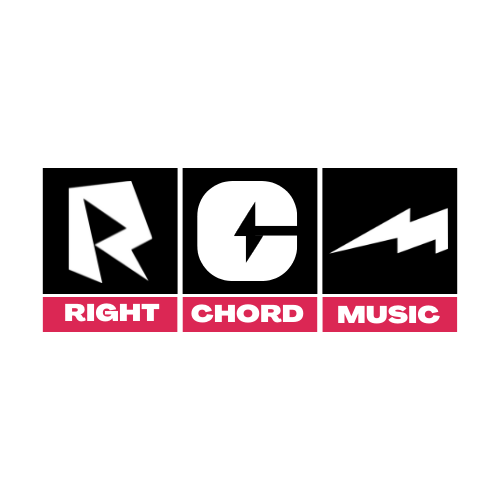Yesterday I had a hugely frustrating phone call with PlaylistSupply. The telephone call was set up with the hope that Right Chord Music would endorse their service. After 10 minutes I ended the call concluding they are part of the problem, not part of the solution, let me explain.
The broader problem with playlist promotion
If we rewind a few years, the playlist industry was even more like the wild west than it is today. So-called independent playlist pluggers were everywhere all promising to plug your music to Spotify’s editorial playlist teams. Most if not all had zero influence, yet this morally bankrupt group of scammers were happily preying on the dreams of independent musicians and taking their money.
Then out of nowhere Spotify stepped up and killed this sub-industry in one fell swoop by building their own editorial playlist pitching form into Spotify For Artists. Now every musician had the chance to pitch their upcoming release to Spotify’s editorial playlist teams.
That should have been the end of it, but unfortunately not. While Spotify’s own editorial playlists were now out of bounds, all the scammers and fraudsters turned their attention to the independent playlists. The plan was simple, drive up the number of playlist followers using bots and click farms and start charging independent artists to feature on these playlists instead.
While Spotify editorial playlists often feel out of reach for many independent artists, these independent playlists are much more accessible. The pitch is simple:
Pay some money, get put on a huge playlist, get a huge boost to your streams, earn more money and alert Spotify to your music, which will increase your chances of future editorial support. Who wouldn’t want this?!
It’s easy to see why so many starry-eyed independent artists hand over their hard-earned money to these companies, I mean it works right? Most of the time you do get more streams, which means you do get more money and that does make you look more successful. But when you scratch below the surface you quickly realise, this ‘success’ is built on sand. Here are three reasons why these playlists fail independent artists.
An influential playlist needs to have listeners not just followers. (But what is an acceptable number of listeners?!)
There is an assumption that a playlist with 200,000 Followers will have a similar number of listeners, but sadly that is very rarely true. The problem is Spotify don’t publish the number of playlist listeners up-front, they only publish the number of followers.
Only once an artist has paid a playlist pitching company paid the playlister and been placed on the playlist do they actually get to see the number of plays that playlist is generating in their stats.
Normally at this point, you see one of two reactions. 1) The artist is hugely underwhelmed as they realise the playlist is driving almost zero plays despite having thousand of followers Or 2) The playlist is driving an unfeasibly high number of streams, more than actually follow the playlist! Both scenarios are bad, but with the latter, you realise there is a genuine chance your music could be blocked or pulled from Spotify for fraud!
Full disclosure. We have a playlist and our ‘largest’ playlist at the time of writing has 557 followers. There was a time when we listed our playlist on a service. To get on the playlist musicians were instructed to follow us in order to contact us to request placement. We never charged for playlist placement and we stopped using the service when we realised the inflated follow number was misleading. Now we find and select the music for our playlists without external influence. Our playlists are now simply where we save our favourite blog discoveries. We regularly share the playlist on our socials and if you want to listen you can. But we don’t ever promise to boost your streams by a certain number.
Fake streams ruin audience data.
When you grow a fanbase organically you can look at your Spotify stats and understand who is listening, where they are listening from and what else they are listening to. All this information can inform future marketing efforts. If you know your listeners are predominantly 18-25, live in London and Manchester and also love electro artists that can really help. But when your music is added to a big fake playlist where plays are powered by banks of computers set up all over the world, your stats quickly become skewed with meaningless data. Now you have almost no idea who is actually listening and who the real fans are. And it’s not just you that doesn’t know, Spotify doesn’t know either, when the data is so scrambled, even their algorithms can’t work out who your music is actually attracting.
Short-term streams don’t equate to long-term fans.
When chasing the dream of a bump in streams, many musicians forget about fans. The real metrics of success are not the number of streams but the ‘save rate’ (how many people that listened saved your tracks so they can listen again) and the ‘streams per listener’ IE did they listen once and never again or listen 5 times? Both of these are better indicators of possible fandom. What we consistently see if both of these metrics are considerably lower when a musician has used playlist promotion. As a consequence when the promotion ends, all the listeners disappear and there are few new fans left behind. When you use playlist promotion you are constantly running to stand still.
So what about PlaylistSupply?
PlaylistSupply reached out to us via Instagram and we connected via email with the aim of setting up a telephone call.
I flagged my concerns to them upfront in this email:
PlaylistSupply replied with this:
“I absolutely understand your scepticism about playlisting and that is exactly why we created PlaylistSupply. Our tool is not a pitching service it is a software data aggregator or search engine for all existing Spotify playlists. I would love to hop on a call to show you exactly how our tool works and how it solves the grey area in the playlisting world.“
The moment they mentioned they had a way to solve my concerns, I was keen to speak to them. On the call, I quickly understood how it works. For all their claims of advanced technology, it’s really just a live database of playlisters and email addresses which musicians pay £19.99 a month to access. It seems expensive when you consider it’s only $9.99 a month for Spotify. But if it saves musicians the manual trawl of finding the email addresses individually, I can see why they might conclude it’s worth paying for at least a month to get some contact details before cancelling.
I then pushed them to explain how it overcame my initial challenges and quickly realised it doesn’t at all. I was hoping to hear they had found a way to track how many people actually listen to the playlists on their database, they don’t. In fact, they can’t as they were quick to point out Spotify doesn’t share this information.
While I can’t really blame PlaylistSupply for this, I was disappointed they hadn’t found a solution. But I’m equally frustrated with Spotify, if they shared the number of people listening to playlists in the last week or month, they would kill 90% of these scammers overnight, and you have to begin wondering why they don’t. The conclusion must be they are scared to show how few people actually listen to their own playlists. After all their business is built around the power of the playlist.
Next, I asked PlaylistSupply how they tackled bots and fake streams. “We have a solution to that the salesman excitedly exclaimed!” Great I thought! So what exactly does PlaylistSupply do?…
Well because they constantly track the same playlists they are able to monitor how many new followers are added each day. This allows them to spot any obvious irregularities, for example, if a playlist typically gets 5 new followers a day and suddenly gets 20,000 it’s flagged, alternative if a playlist always adds the exact same number of new followers every day then it’s also flagged.
This felt like a positive solution until I realised that despite having this information they didn’t do anything with it. Fraudulent playlists aren’t blocked or removed from their database, they are just highlighted in RED!
So let’s be clear when PlaylistSupply says on its blog that they index over 4 billion playlists on Spotify and that’s why you should be paying $19.99 a month to access them it’s a bit of a stretch. While they might index 4 billion playlists, you wonder how many would be left once all the fraudulent ones are removed, and PlayList Supply could do this! They could clean up Spotify so musicians only got access to Playlists that were worth contacting. But they don’t! and that feels unforgivable.
At this point, we have to conclude PlaylistSupply is not addressing any of the problems. In fact, I would suggest they are far worse, they are complicit to the problems and are just turning their back to make a quick buck from hard-working musicians. And the money is staggering, according to their website they have over 5,000 customers paying $19.99 a month. Shame on you.
It’s made worse when you read their website About page from founder Benjamin Stein who claims after lots of shady experiences as a veteran artist manager he decided to create his own solution. When it comes to shady experiences, PlaylistSupply is no better.
Hey Benjamin, I know this wasn’t the glowing testimonial you wanted us to write, but here at Right Chord Music we only put our name to services that genuinely support independent musicians and we would never endorse PlaylistSupply.
Words Mark Knight, Founder Right Chord Music.









